The Future of Work: Robots, AI, and Automation by Darrell M. West is a timely and thought-provoking book that explores the impact of technology on the workforce. As automation, robots, and artificial intelligence (AI) become increasingly prevalent, it is essential to understand how these technologies are transforming the job market and what individuals and organizations can do to prepare for these changes.
In this article, we will delve deeper into the key themes of the book and provide practical insights into how you can stay ahead of the curve in the rapidly changing world of work.
The Current State of the Workforce
The rise of automation and AI has brought about a range of challenges for workers in today’s job market. According to West, job displacement and income inequality are among the biggest issues facing workers, particularly those in low-skilled jobs. The gig economy and the rise of contract work have also created a new class of workers who lack job security and benefits.
However, it’s not all bad news. West also highlights the potential of technology to create new job opportunities and increase productivity. For instance, Amazon has successfully implemented robots to streamline its fulfillment centers, while Salesforce has used AI to automate sales tasks.
The Potential of Automation and AI
The benefits of automation and AI are numerous, and companies that embrace these technologies are well-positioned to thrive in the future of work. With the ability to automate repetitive and mundane tasks, workers can focus on higher-value activities that require critical thinking and problem-solving skills.
In addition, automation and AI can help organizations reduce costs and increase efficiency, which can lead to increased profits and growth. For instance, a study by Accenture found that AI could increase labor productivity by up to 40% by 2035.
Ethical and Social Implications of Automation and AI
While the potential benefits of automation and AI are significant, there are also ethical and social implications that must be considered. One of the biggest concerns is the potential for bias and discrimination in AI algorithms. For example, AI systems used in recruitment may be programmed to discriminate against certain groups, leading to unfair hiring practices.
There are also concerns about the impact of automation on privacy and data security. As more tasks are automated, workers may be required to share more personal information with their employers, raising questions about who has access to this data and how it will be used.
Preparing for the Future of Work
To prepare for the future of work, individuals and organizations must take a proactive and forward-thinking approach. West emphasizes the importance of education and upskilling to ensure that workers have the skills needed for the jobs of the future.
Organizations should also adopt flexible work arrangements and embrace remote work to attract and retain top talent. With the ability to work from anywhere, organizations can tap into a global pool of talent and reduce the costs associated with traditional office spaces.
In addition, individuals and organizations must be open to new opportunities and invest in lifelong learning. With technology evolving at a rapid pace, it’s essential to stay up-to-date with the latest trends and developments to remain competitive in the job market.
Conclusion
The Future of Work: Robots, AI, and Automation by Darrell M. West is a must-read for anyone interested in the impact of technology on the workforce. By understanding the challenges and opportunities presented by automation and AI, individuals and organizations can stay ahead of the curve and thrive in the future of work.
To prepare for the changes ahead, it’s essential to invest in education and upskilling, embrace new technologies, and adopt flexible work arrangements. With the right mindset and tools, individuals and organizations can navigate the complexities of the future of work and emerge as winners in the new world of work.
- How has automation and AI impacted the current state of the workforce? What challenges have workers faced as a result of these technologies?
- According to the book, what are some of the potential benefits of automation and AI for workers and organizations? How can these technologies create new job opportunities and increase productivity?
- What are some of the ethical and social implications of automation and AI? How can bias and discrimination in AI algorithms be addressed, and what impact does automation have on privacy and data security?
- How can individuals and organizations prepare for the future of work? What are some of the key skills and competencies that workers will need in the jobs of the future, and how can organizations attract and retain top talent?
- What is the importance of a proactive and forward-thinking approach to the future of work? How can individuals and organizations stay ahead of the curve and adapt to the changing landscape of work? What role do policymakers and technology companies play in shaping the future of work?

